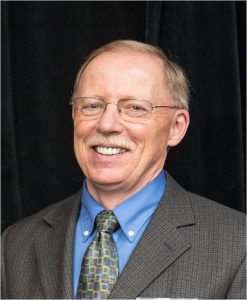The state of education throughout the Commonwealth is excellent as measured by a number of different rubrics and as compared not only to other states but also to other countries. While this is excellent news and reflects well on the actions undertaken by the state, school districts and most importantly, individual educators, we should not simply rest on our laurels. State officials have rightly pointed to the significant gaps between different groups of students, have structured ways to help the state’s most underperforming schools and have tried to put requirements into place to ensure success for every student.
There are at least a few underlying issues that have not been adequately addressed and many of these relate to the reality that the state is not yet differentiating between districts when they create new laws, regulations and funding formulas. Laws and regulations seldom are created with a full understanding that there are significant differences between small rural schools and very large urban schools; that there are significant differences in the readiness of children entering schools; and there are differing degrees of difficulty in asking local communities to pick up the cost of educating all students. While some of these issues are addressed to some degree in funding formulas, we still note that the legislature’s own report spoke to the issue that the school funding formula is essentially broken and significantly underfunded in many areas since it began 25 years ago. That is not the only problem, however, when one considers that most regulations require that a school of 200 students faces the exact same reporting, certification, and operational requirements as a school of 5,000 students. This is also evident in the myriad regulations regarding running a rural town of 500 residents vs. a city with over 500,000 residents (well actually the state creates a number of exceptions specifically for Boston that no other city or town enjoys).
Thus a school district that runs a minimal administrative and support staff has the same reporting requirements as does one that has more employees than we have residents in our six towns and the requirements for operating a town with part time, primarily volunteer officials is the same as a city with full time employees for almost every aspect of operations. When we extend this to the ‘fixes’ to educational funding that didn’t quite make it out of the legislature last year, we see that many schools would get significant additional funding while just as many would get no financial relief. While we do see some progress (for example the new funding for small and rural schools) it has not reached a point where equity is being discussed on a consistent basis at the highest levels in state government.
This is not only related to school size, population numbers and the density of people in an area but also to not allowing certain students to be counted because of income, citizenship status, or the decision not to take advantage of state assistance programs. Inequity is also fostered in the idea that better off towns should have their minimum contribution capped (which means certain very wealthy municipalities only pay a small portion of the costs of running a school district) while communities with a much lower capacity have to pay a larger percentage that may go up each year until they meet their ‘minimum’ contribution. Again this points out the need to change an educational funding formula that wasn’t even completely on target 25 years ago.
There is hope, however, as many schools, municipalities and professional organizations are working together towards the common goal of equitably funding schools. My hope is that we can work together to overcome the legislative bias that inherently provides more votes inside 495 than in the rest of the state so that all students and communities can benefit from redesigning the educational funding system. I’d also hope that, as we make progress on accounting for differences in communities related to funding, that we also make progress in providing flexibility in regulations in addressing these same differences.









